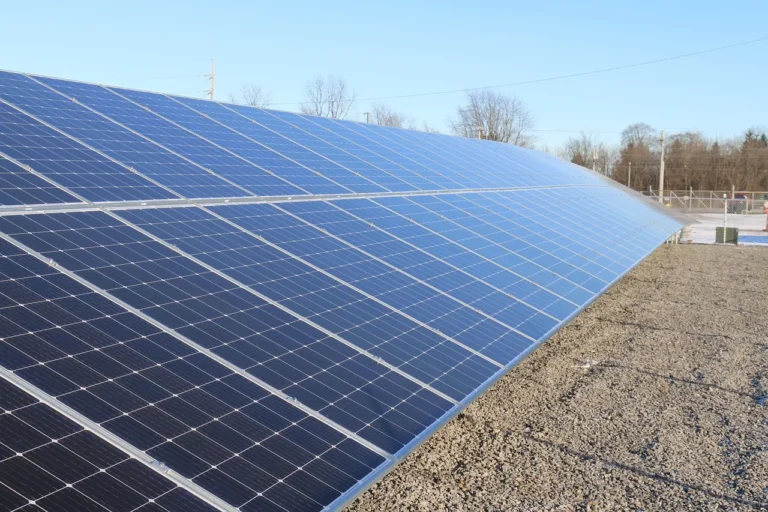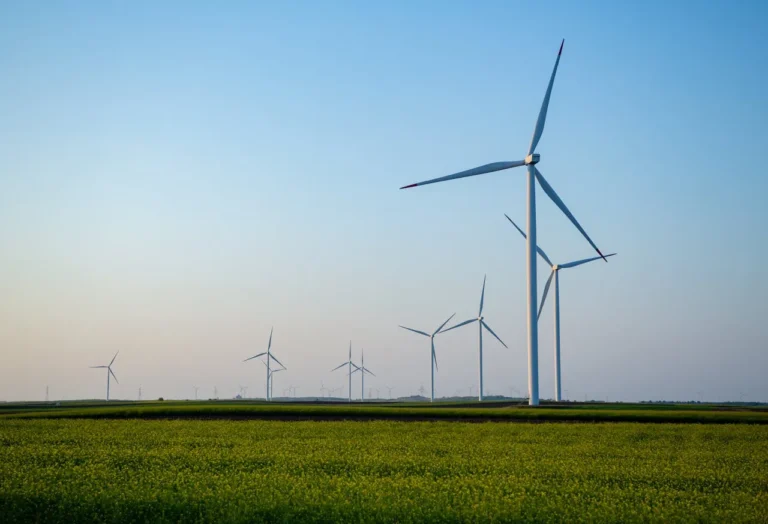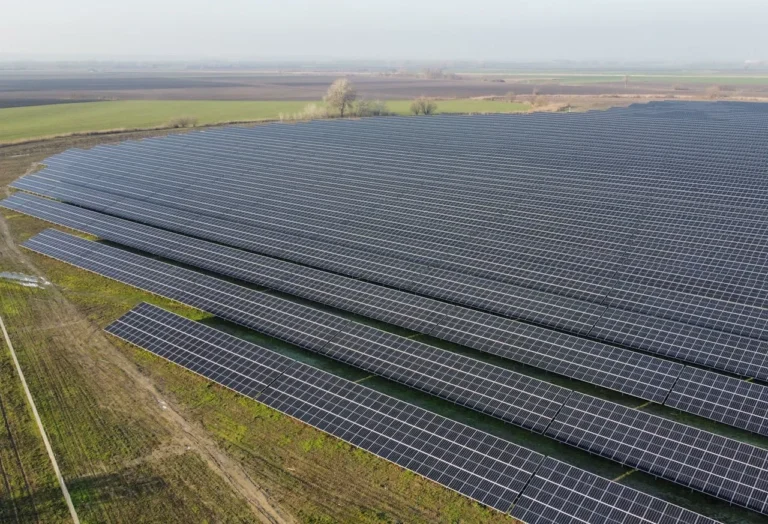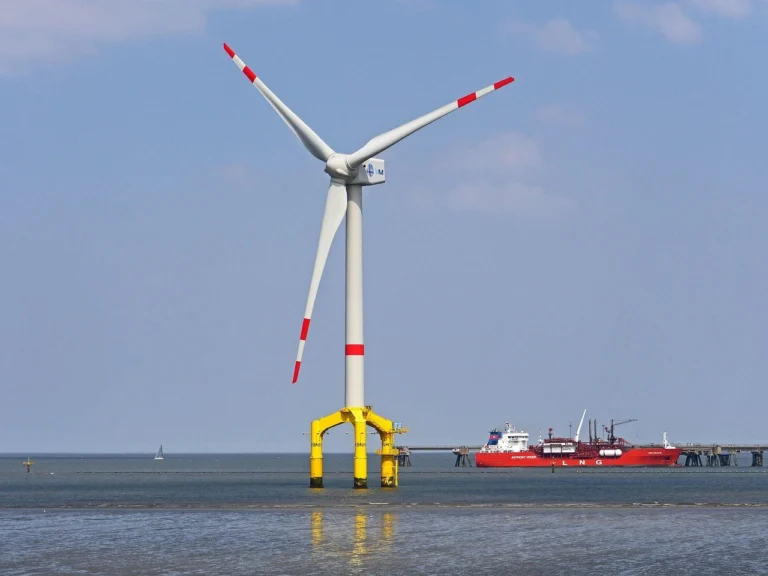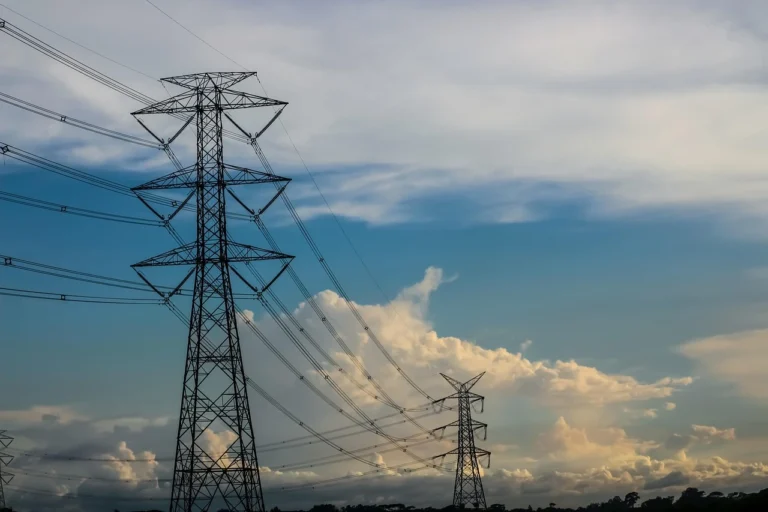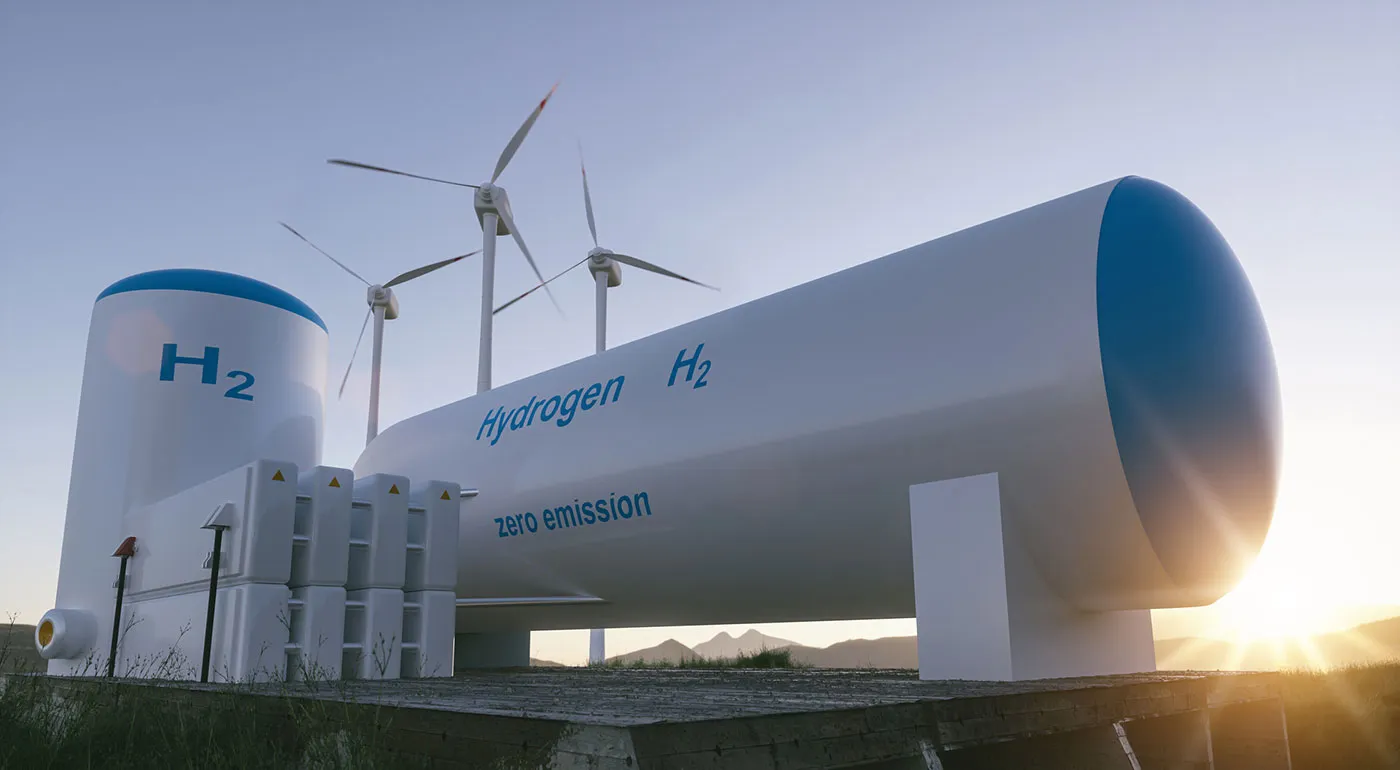
Alléo Energy Advances Breakthrough Carbon-Negative Green Hydrogen Technology with Commercial-Scale Success
Alléo Energy, a rising innovator in the clean energy sector, has announced a major advancement in the global hydrogen economy through the development of a pioneering cellulose-to-hydrogen process. This breakthrough technology, which yields more than 100 kilograms of hydrogen per ton of cellulosic waste, represents a new pathway toward sustainable, carbon-negative energy production. By converting waste streams into valuable hydrogen fuel, Alléo is positioning itself at the forefront of next-generation renewable energy solutions.
Transforming Waste Into Carbon-Negative Energy
The foundation of Alléo’s breakthrough lies in its proprietary conversion technology, which unlocks the hidden energy potential of cellulosic waste. Instead of relying on traditional feedstocks or resource-intensive methods such as water electrolysis, the Alléo process harnesses the carbon-rich properties of biomass to produce abundant green hydrogen.
What distinguishes this process from other hydrogen production pathways is its ability to generate carbon-negative outcomes. For every kilogram of hydrogen produced, Alléo intends to sequester approximately six kilograms of carbon dioxide. This six-to-one carbon benefit has the potential to dramatically reduce greenhouse gas emissions, providing one of the most effective tools yet discovered to combat climate change while supporting the clean energy transition.
The carbon intensity (CI) scores associated with Alléo’s hydrogen are projected to outperform competing approaches. By delivering deeply negative CI values, Alléo’s hydrogen offers industries, governments, and consumers a compelling opportunity to meet ambitious decarbonization goals without compromising efficiency or scalability.
Efficiency That Outpaces Electrolysis
Hydrogen production is often judged by two key factors: energy input requirements and cost efficiency. Water electrolysis, while a leading green hydrogen pathway, is energy-intensive and requires substantial renewable electricity inputs.
Alléo’s cellulose-to-hydrogen system requires less than 63% of the renewable energy benchmark set by electrolysis. This dramatic reduction in energy demand translates directly into lower production costs. According to Alléo, the process enables hydrogen production at price points well below competing technologies, offering a scalable and economically viable alternative for mass adoption.
This combination of high yield, energy efficiency, and cost-effectiveness gives Alléo’s technology a competitive edge as the global hydrogen market accelerates. Industry forecasts project that the hydrogen economy will reach a value of $280 billion in 2025 and continue to grow at a compound annual growth rate (CAGR) of 9.3% through 2030. By lowering barriers to entry, Alléo’s approach could capture a meaningful share of this rapidly expanding sector.
Commercial-Scale Proof of Concept
Unlike many emerging clean energy solutions that remain confined to the laboratory, Alléo has already demonstrated commercial-scale success. The company’s Bay Minette facility in Alabama, operational since 2023, has proven its reforming technology under real-world conditions.
In early 2023, the first reactor at Bay Minette achieved nameplate production in operations that were initially focused on liquid fuels. Building on this success, Alléo commissioned a second reactor in the first quarter of 2025. The second unit has validated the scalability, yield, safety, and reliability of Alléo’s hydrogen process, operating continuously over multiple days.
This track record of commercial operation is a critical milestone for both investors and potential customers. It establishes Alléo as a company not just with innovative ideas but also with proven industrial capability—a factor that distinguishes it from many early-stage competitors in the green hydrogen landscape.
A Game-Changer for the Transportation Sector
The immediate market focus for Alléo’s hydrogen will be transportation, one of the most carbon-intensive sectors of the global economy. Hydrogen fuel cell vehicles, long-haul trucking, buses, and other heavy-duty transport applications stand to benefit significantly from a cost-effective, carbon-negative source of fuel.
Simeon Chow, CEO of Alléo Energy, emphasized the transformative potential of the company’s technology:
“In a few short months, we expect to begin selling hydrogen into the transportation market from our first commercial plant in Bay Minette. Alléo’s carbon-negative green hydrogen is sustainably abundant and doesn’t require subsidies to be profitable; it’s a game-changer.”
By targeting transportation, Alléo is entering a market with immediate demand for decarbonized fuel alternatives. Hydrogen-powered vehicles, while still in the early stages of adoption, are gaining traction among manufacturers and governments that recognize the limitations of battery-electric solutions for long-distance and heavy-duty applications. With cost and carbon advantages on its side, Alléo’s hydrogen could accelerate adoption across the sector.
Scaling Globally with Investor Support
Alléo attributes much of its progress to the steadfast support of its investors and partners. According to Chow, their patience and confidence have been essential in bringing the company to this point. The next phase of Alléo’s business plan involves scaling up production to multiple sites worldwide, a strategy that could enable the company to establish itself as a leader in global hydrogen supply.
The Bay Minette facility serves as a model for replication, demonstrating the viability of Alléo’s technology in commercial contexts. With expansion into additional geographies, the company intends to play a central role in the buildout of hydrogen infrastructure that supports decarbonization across transportation, industry, and power generation.
Market Implications and Industry Outlook
The hydrogen sector is at a pivotal stage, with nations around the world investing in hydrogen hubs, infrastructure, and supply chains to accelerate the transition away from fossil fuels. Alléo’s carbon-negative process provides a unique value proposition within this evolving ecosystem.
The technology not only reduces greenhouse gas emissions but also creates a profitable pathway for hydrogen production without the need for heavy subsidies. This independence from government incentives enhances its attractiveness to investors, utilities, and industrial partners seeking sustainable yet financially viable solutions.
As the global market continues to expand, technologies that can combine scalability, cost-efficiency, and environmental performance will be best positioned to lead. Alléo’s cellulose-to-hydrogen process appears to check all of these boxes.






